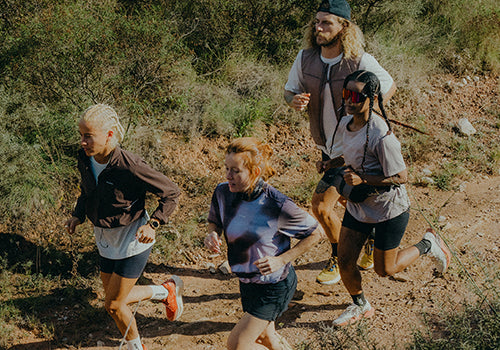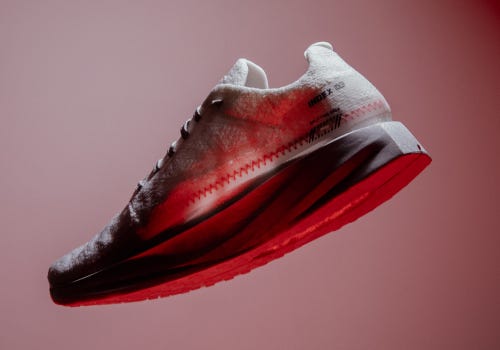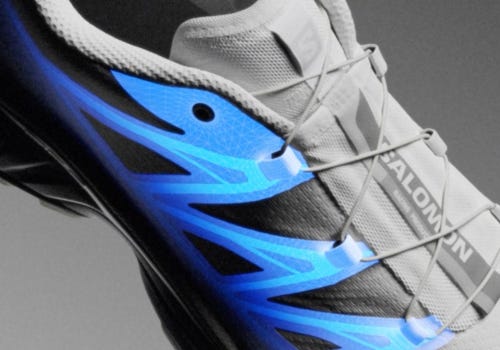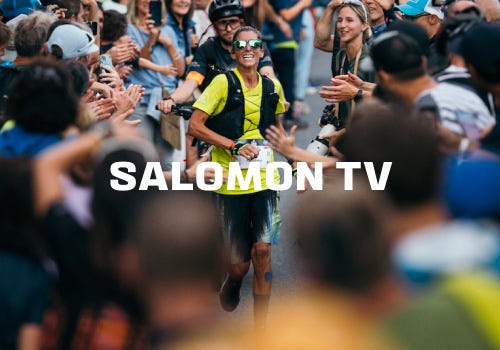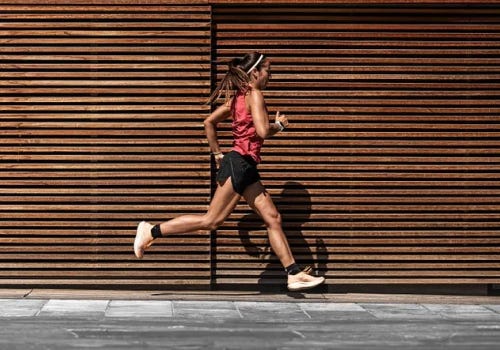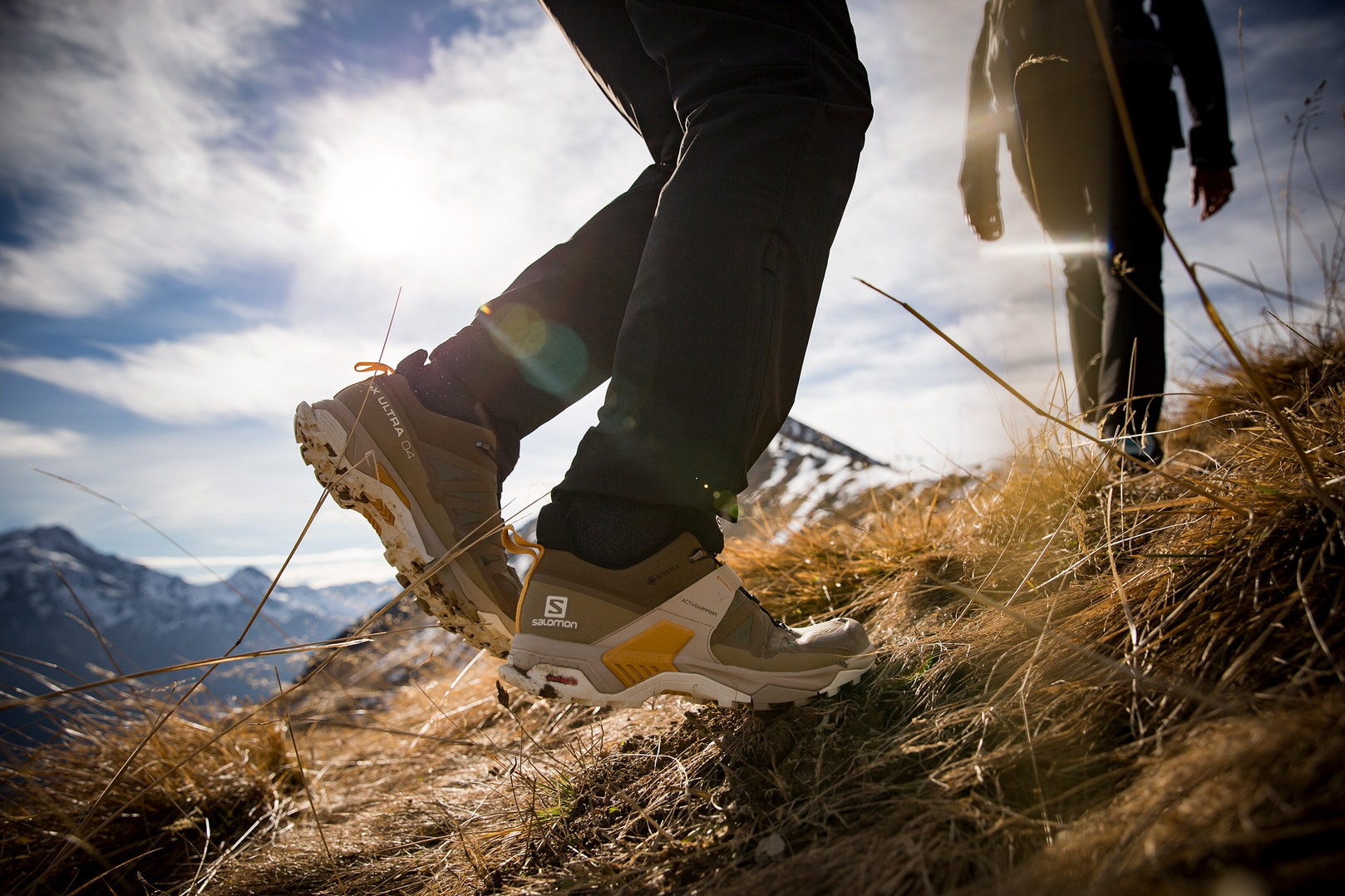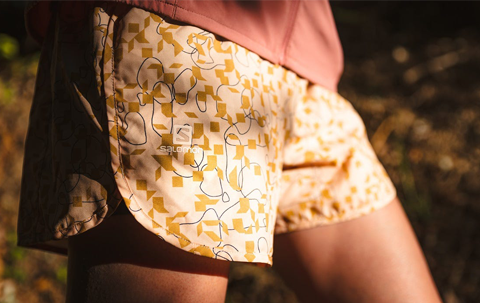Blisters are a common hiking injury and while they’re not usually serious they can still be painful enough to ruin a good day. Blisters are caused when an area of the skin is rubbed repeatedly causing the surface of the skin to stretch away and form a liquid-filled bubble.
Here is our advice on how to avoid blisters, and how to treat them, even if they appear despite your best efforts to prevent them.

How to prevent blisters
There are several precautions you can take to keep from getting blisters:
- Wear a quality pair of hiking boots
- Make sure your laces are tight
- Wear high-quality socks
- Take care of your feet before and during the hike
How to choose the best hiking boots
Finding a pair of hiking boots that are designed for the kind of hiking you do and that fit really well is the first, and most essential, step for avoiding blisters. When you’re trying on hiking boots, pay close attention to any hot spots.
Check out our advice on how to make sure you find the most comfortable hiking shoes in our article: “What makes hiking shoes comfortable”
If you are prone to blisters, pay particular attention to the following:
- TRY the shoes or boots on in the store (or at home if you bought them online). The shape of the shoe should match the shape of your foot with good support for the entire foot and no uncomfortable hot spots.
- Test your boots on short hikes before committing to more ambitious routes or a multi-day mountain trek. That way you’ll be able to identify any hot spots or chafing problems early on which will leave you with enough time to take care of them. You may also need time to break in your boots.
Blisters are caused by repetitive friction on the skin. Lacing your boot tightly will enable it to fully encompass your foot and hold it efficiently.
When you’re on your hike, don’t hesitate to stop to retie your laces if you feel the boot rubbing anywhere on your foot. If the friction is in the toes, tighten the laces in the front of the boot. To stabilize the heel, tighten the laces around the instep and at the ankle.
Even if you’ve just started hiking, it’s never a waste of time to stop and tighten your laces if it will keep you from getting a blister!
Quality socks, happy feet
Your socks are the direct interface between the inside of your shoes and the skin of your feet. By using high-quality socks that are designed for hiking and that are the right size, you will increase foot comfort while also limiting the risk of blisters.
“Anti-blister” double socks are also available that re-distribute the friction between the socks’ two layers.
Carrying an extra pair of socks with you is another good way to reduce the risk of blisters as well as keep your feet dry.
Taking care of your feet
- Before your hike:
If you know where blisters might potentially appear on your feet (i.e. heel, arch or toes), use second-skin bandages as a preventative measure by applying them to the sensitive areas. The second skin will then protect your own skin from chafing.
The appearance of a blister can be caused by excess moisture in your shoe (both from perspiration as well as external moisture). You can keep your feet dry by putting powder on them before your hike.
There are also creams available that harden the skin of the foot as another preventative treatment. It’s often necessary to start this type of treatment several days before your hike so remember to ask your pharmacist for information about it in advance.
- During your hike:
Keep your feet clean and dry. If you feel a foreign object (pebbles, gravel, grass, etc.) in your shoe, stop walking. Don’t hesitate to take your shoes and socks off and rub your feet whenever necessary. Wearing high-top footwear or even gaiters can help keep foreign objects out.
1. Covering hot spots with moleskin or adhesive bandages to prevent blisters.
2. Draining blisters with a sterilized needle if necessary, leaving the skin intact.
3. Applying antiseptic to prevent infection.
4. Covering the area with a blister pad or bandage to protect and cushion it.
Keep dirt and grit away from feet
Keeping dirt and grit away from feet is crucial in blister prevention as these particles increase friction inside the shoe, leading to skin irritation and blisters. Wearing gaiters, using proper socks, and cleaning feet and footwear regularly help minimize friction and maintain comfort during hikes.
Salomon hiking boots for women

Preventative foot care on the trail
Navigating natural obstacles and stream crossings
Hikers can plan for stream crossings to keep their feet dry and prevent blisters by:
1. Choosing waterproof footwear or carrying water shoes for crossings.
2. Using gaiters to keep water and debris out of boots.
3. Packing extra socks to change into dry ones after crossing.
4. Crossing at shallow, slow-moving points to minimize water exposure.
5. Using trekking poles for stability to avoid slips.
6. Removing boots and socks and crossing barefoot or in sandals, then drying feet thoroughly before continuing.
Foot care first aid kit for hikers and backpackers
A foot care first aid kit for hikers and backpackers should include:
1. Blister treatment : Moleskin, blister pads, adhesive bandages, and hydrocolloid dressings.
2. Antiseptic : Alcohol wipes or antiseptic ointment for cleaning.
3. Needles and safety pins : For draining blisters (sterilized).
4. Tweezers : For removing splinters.
5. Foot powder : To keep feet dry.
6. Nail clippers : To prevent ingrown nails.
7. Tape : Medical or athletic tape for securing dressings.
8. Moisturizer : For dry, cracked skin.
9. Spare socks : Moisture-wicking socks for dry feet.
The pros and cons of duct tape when it comes to preventing blisters while hiking
So what about those times when you’re caught out without your blister first aid kit but like every experienced outdoorsman, you do have a few feet of duct tape? Should you use it? What are the pros and cons?
Pros:
- Easy to find and inexpensive
- Strong adhesive that stays in place.
- Provides a smooth surface , reducing friction.
Cons:
- Can irritate skin or cause allergic reactions.
- Difficult to remove , potentially damaging skin.
- Less breathable than specialized products, which may worsen moisture buildup.
During your hike, take advantage of rest breaks to dry your feet in the open air and change to a dry pair of socks, if necessary.
When it comes to blisters, all feet are not created equal. Some people never have problems, while for others, managing blisters can be an annoying headache. So, remember to prevent blisters as much as possible and if they do appear, take care of them as soon as possible so you can continue to enjoy the scenery on your hike!

